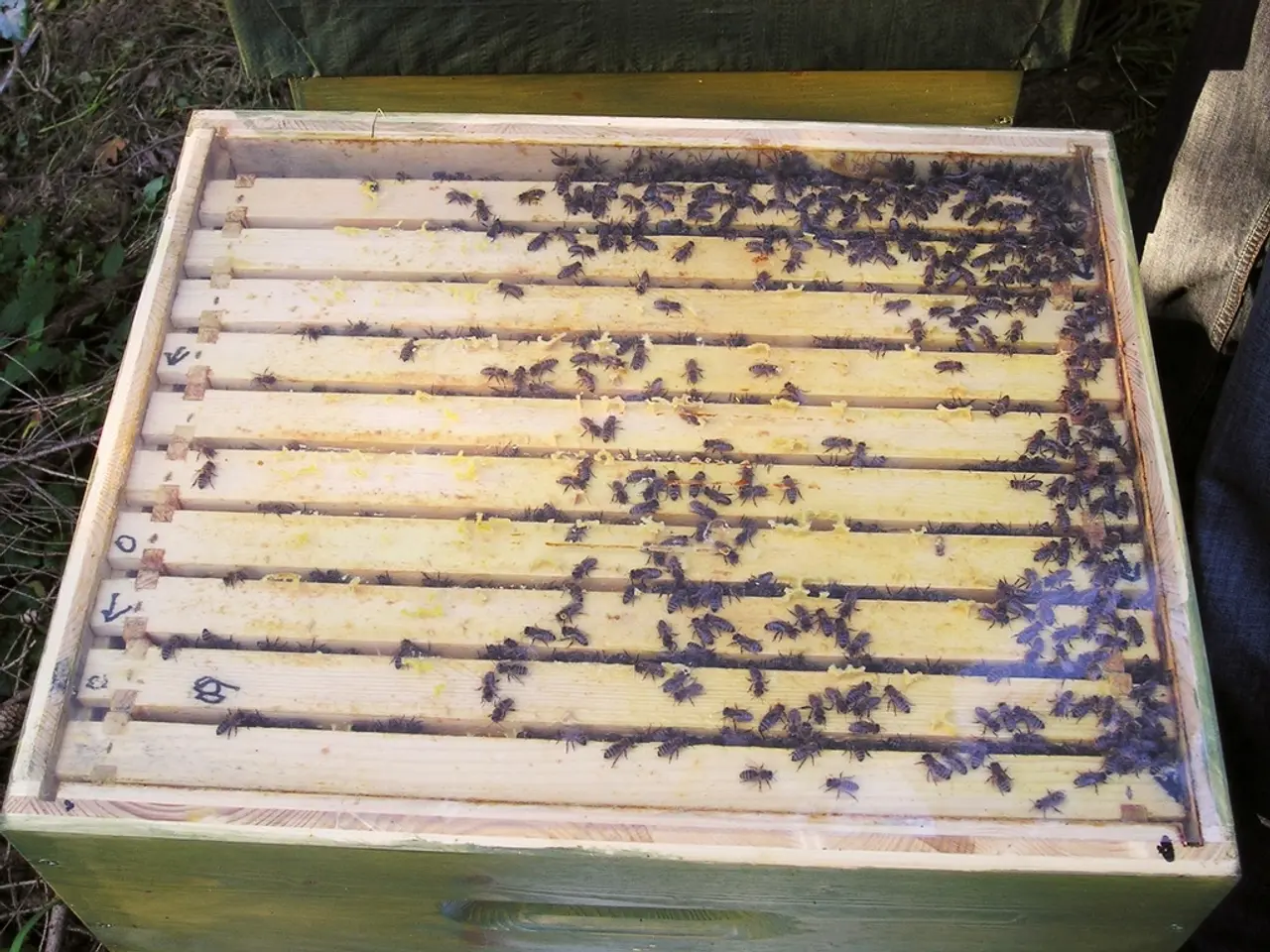Aerial DNA: A Potential Game-Changer in Wildlife Preservation Strategies
In a groundbreaking development for environmental DNA (eDNA) research, Elizabeth Clare's airborne eDNA project has been crowned the winner of the prestigious Gizmodo Science Fair 2023. The project, which utilises DNA captured from the air to identify species in an environment, is set to transform ecological monitoring and conservation science.
The innovative approach, led by Elizabeth Clare from York University, in collaboration with Joanne Littlefair from Queen Mary University of London, Alejandro Maeda-Obregon from University College London, Ben McRobie from Hamerton Zoological Park, Amanda Naaum from Nature Metrics North America, and other esteemed researchers, harnesses the power of atmospheric sampling to detect genetic material from various species.
By sequencing DNA fragments suspended in airborne particles, this non-invasive method allows researchers to detect species without relying on traditional sighting or trapping methods. This breakthrough offers significant potential implications for conservation, including non-disruptive wildlife monitoring, improved biodiversity assessment, early detection of invasive or endangered species, and supporting habitat management.
Airborne eDNA sampling is less disruptive to wildlife compared to conventional survey techniques, enabling continuous monitoring of species presence and abundance. It can provide comprehensive data on species diversity across ecosystems, including hard-to-access areas. Rapid identification of species through airborne eDNA can inform conservation actions before population declines or spread become critical. Understanding species distribution patterns helps in designing effective conservation strategies and managing habitats sustainably.
The airborne eDNA project demonstrates a way to reveal which species are present in an environment, potentially even proving the persistence of animals feared extinct. It could also be beneficial for biological monitoring in places where it's difficult due to scale, rare species, or nocturnal animals. Moreover, it could potentially reveal how invasive species are spreading.
However, the team acknowledges the challenges ahead. Elizabeth Clare expressed concern about the risk of contamination and losing the signal in the airborne DNA project. Joanne Littlefair, a biologist at Queen Mary University, emphasised the potential of airborne DNA for exciting implications in conservation but also mentioned that it provides a high throughput and potentially automated way to monitor terrestrial ecosystems.
Researchers are currently testing the applications and limits of airborne eDNA collection and sampling. A bigger test of the technique happened at an open-air zoo in the UK, where the team was able to identify numerous zoo animals from air samples. The method needs to be applied in a variety of locations to determine its effectiveness.
Airborne DNA monitoring could revolutionise environmental DNA research and conservation efforts, offering a transformative tool in ecological monitoring and conservation science. As the team continues to refine the technique, the potential applications and impact on wildlife conservation are vast and promising.
- Elizabeth Clare's airborne eDNA project, crowned the winner of the Gizmodo Science Fair 2023, aims to revolutionize the field of environmental science by utilizing technology to transform ecological monitoring and conservation efforts.
- The collaboration between York University, Queen Mary University of London, University College London, Hamerton Zoological Park, Nature Metrics North America, and other esteemed researchers aims to harness the power of atmospheric sampling to detect genetic material from various species and support habitat management.
- Airborne eDNA sampling offers significant potential implications for environmental science and conservation, including non-disruptive wildlife monitoring, improved biodiversity assessment, early detection of invasive or endangered species, and providing comprehensive data on species diversity across ecosystems.




